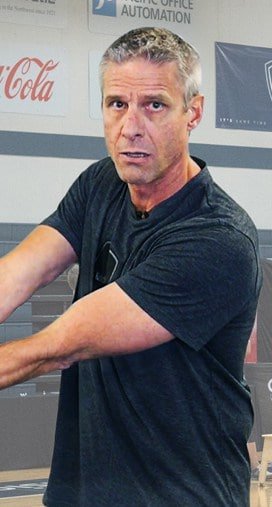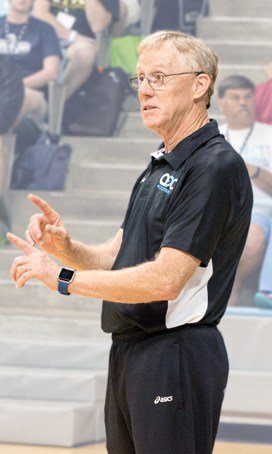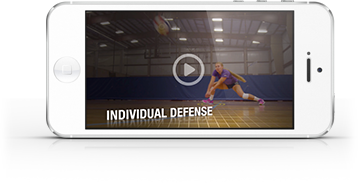 The goal of every tryout, no matter the size is to create the most thorough, yet efficient talent assessment of each athlete in the gym. Strategies to accomplish this goal will vary depending on the number of athletes you have trying out, the number and quality of your evaluators, the number of courts and how these courts are positioned (in separate gyms or next to each other), etc. Therefore, I will go over some basic evaluation methods that can be expanded upon or simplified to fit your specific need.
The goal of every tryout, no matter the size is to create the most thorough, yet efficient talent assessment of each athlete in the gym. Strategies to accomplish this goal will vary depending on the number of athletes you have trying out, the number and quality of your evaluators, the number of courts and how these courts are positioned (in separate gyms or next to each other), etc. Therefore, I will go over some basic evaluation methods that can be expanded upon or simplified to fit your specific need.
The majority of your evaluators should give each athlete a ranking on a scale of 1-5; 1 being the most experienced/elite athletes and 5 being the least experienced developmental athletes. Your top evaluators can have much more detailed evaluation sheets – these evaluators can simply be looking for the top team in the entire group, the top half, etc., but they need to create more qualitative evaluations of less athletes. These checklists are outlined in subsequent paragraphs below.
Your first task, as outlined in the Volleyball Tryout Checklist, will be to separate your athletes onto courts for basic skill stations. The skills you spend more or less time on during tryouts will depend on the level of your athletes and the needs/philosophy of your club. In each skill, whether it is passing, setting, serving, attacking, or blocking, the following checklist will help you evaluate and eventually rank each player participating in the tryout from top to bottom in each skill:
Physical strength
Determine which athletes have the physical strength to complete the skill efficiently and repeat successful reps. For example, can the athlete hold herself in a defensive position and make explosive moves from within this loaded position? Can the athlete generate enough arm speed to complete an attack or a serve?
Skill technique
Does the athlete display knowledge of the correct technique and is she able to execute the correct technique consistently, i.e. footwork and body postures.
Overall accuracy
Determine if the athlete is coordinated enough to consistently execute the skill.
After you’ve separated all athletes onto different courts based on skill level, you now work with a slightly different checklist to help differentiate your elite kids even further. Of course, you also will have most of your kids’ average at a 3 or 4 rating after the skill stations and therefore you need to be able to make real decisions on kids that are very similar to each other. So as you run the athletes through live team play, here’s what you and your master evaluator(s) should be looking for:
Does the athlete look comfortable in a drill setting and can she understand how the drill works? This will especially help you distinguish some of your 4s and 5s from each other.
Court, ball, teammate, and body awareness
Determine whether the athlete understands the basic requirements of the position she is playing, as well as the positions around her. Notice whether she communicates early (a sign that she understands and can recognize responsibilities) and helps balance the court. Evaluate whether or not she can adjust to bad ball situations, not only technically (timing, spacing, etc.), but in how she helps direct other players.
Instinctive game play ability
This will help you determine which raw athletes are more functional than others. Does the athlete have a basic knowledge of game flow? Determine whether or not she can read and anticipate. For example, this player will often be in the correct spot on defense without clearly having any formalized/trained knowledge of team defense. Some kids are just play-makers, which may make up for a lack of volleyball experience.
The main thing to remember is to trust yourself, trust your coaches, and have a blast with the kids!
Allison Lawrence - Assistant Volleyball Coach - The University of Montana



